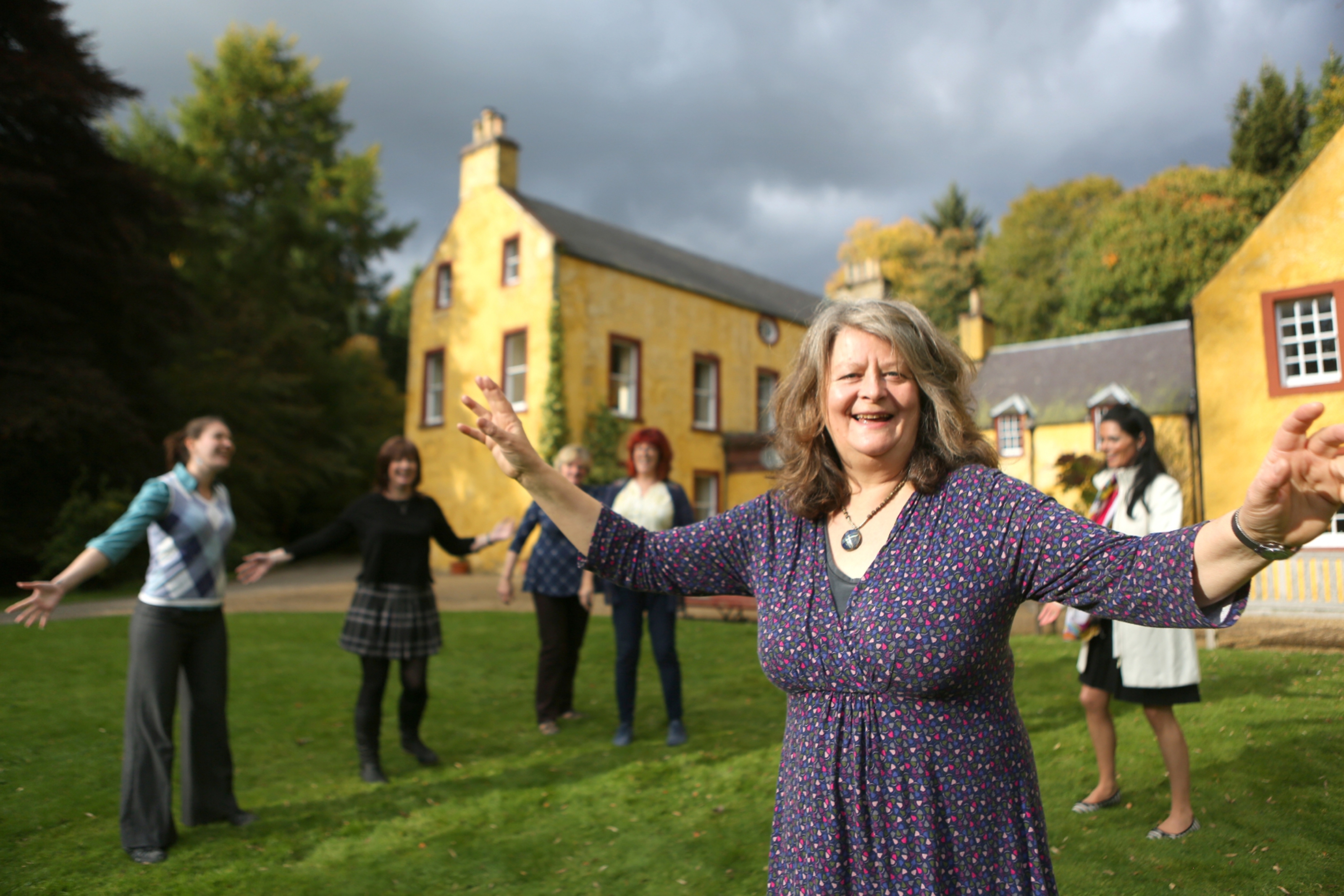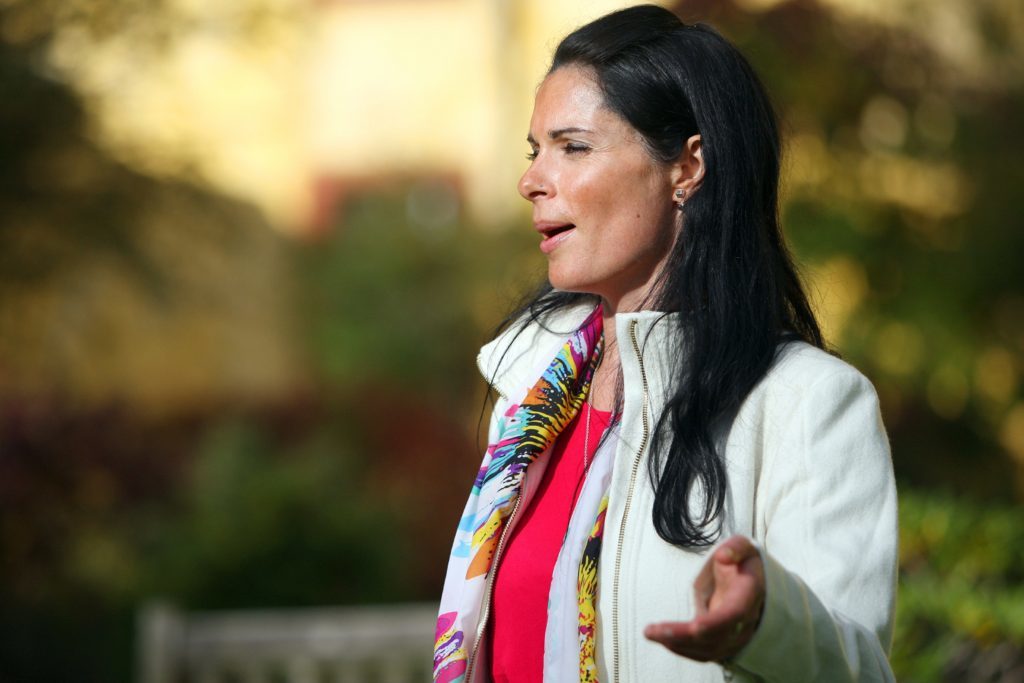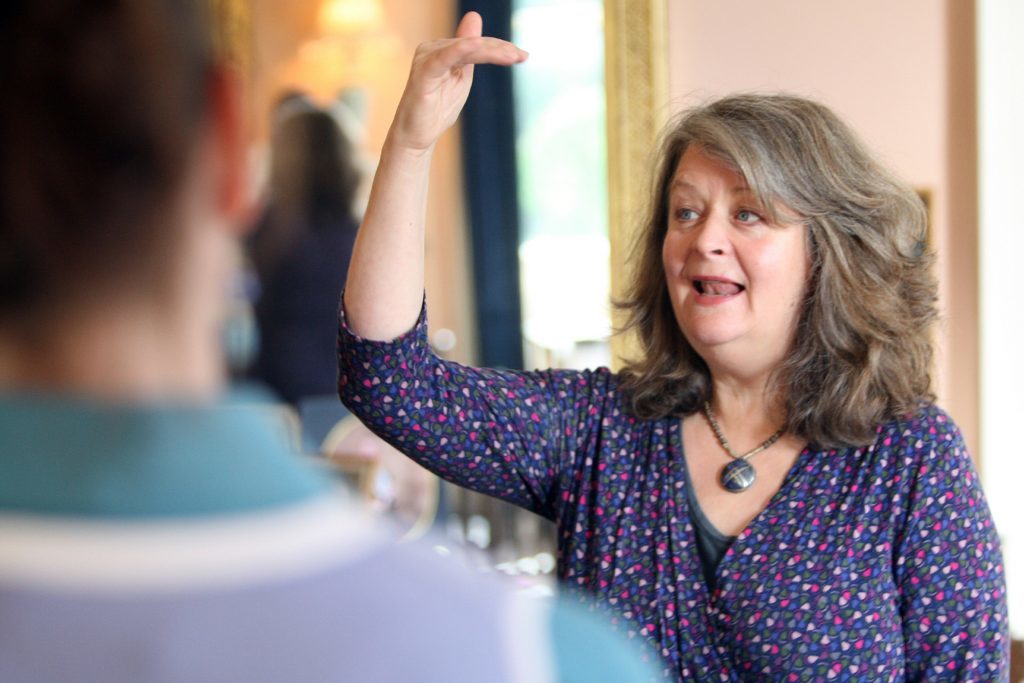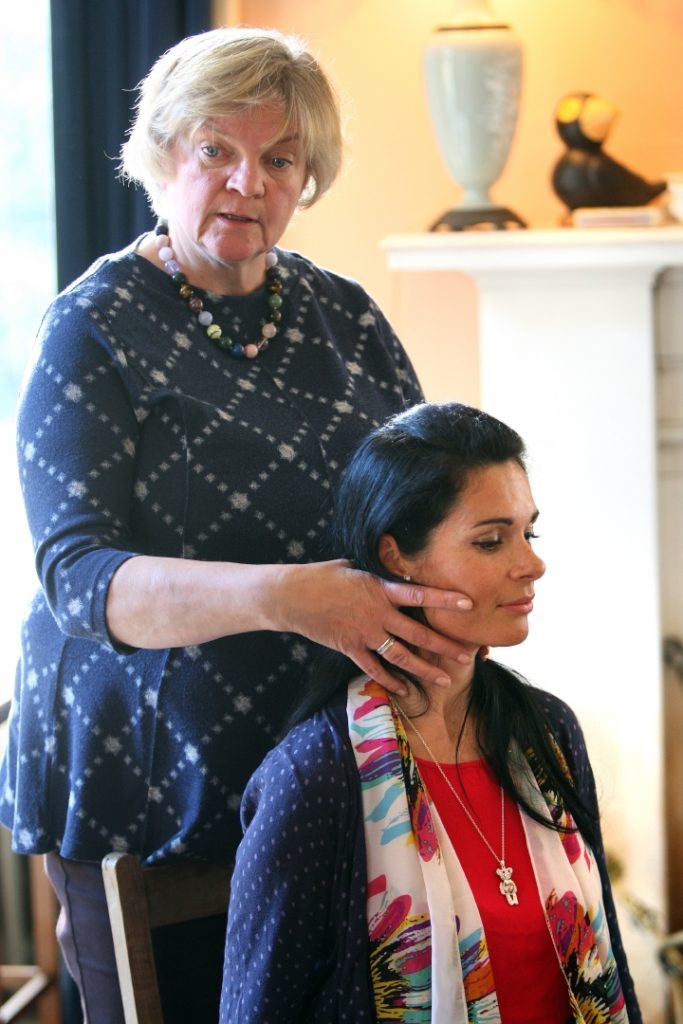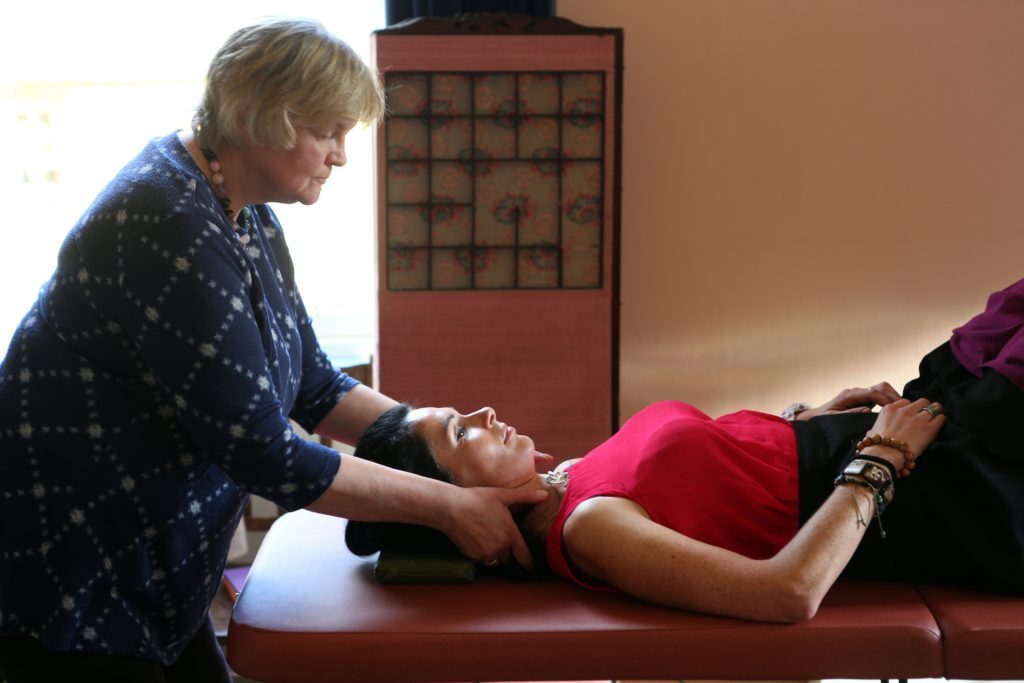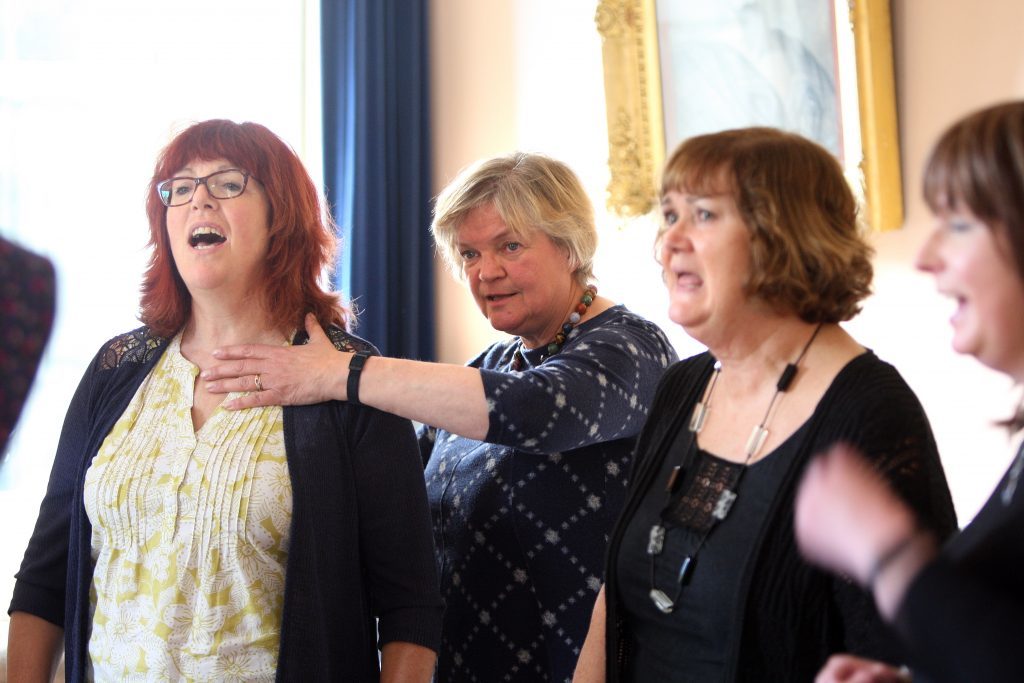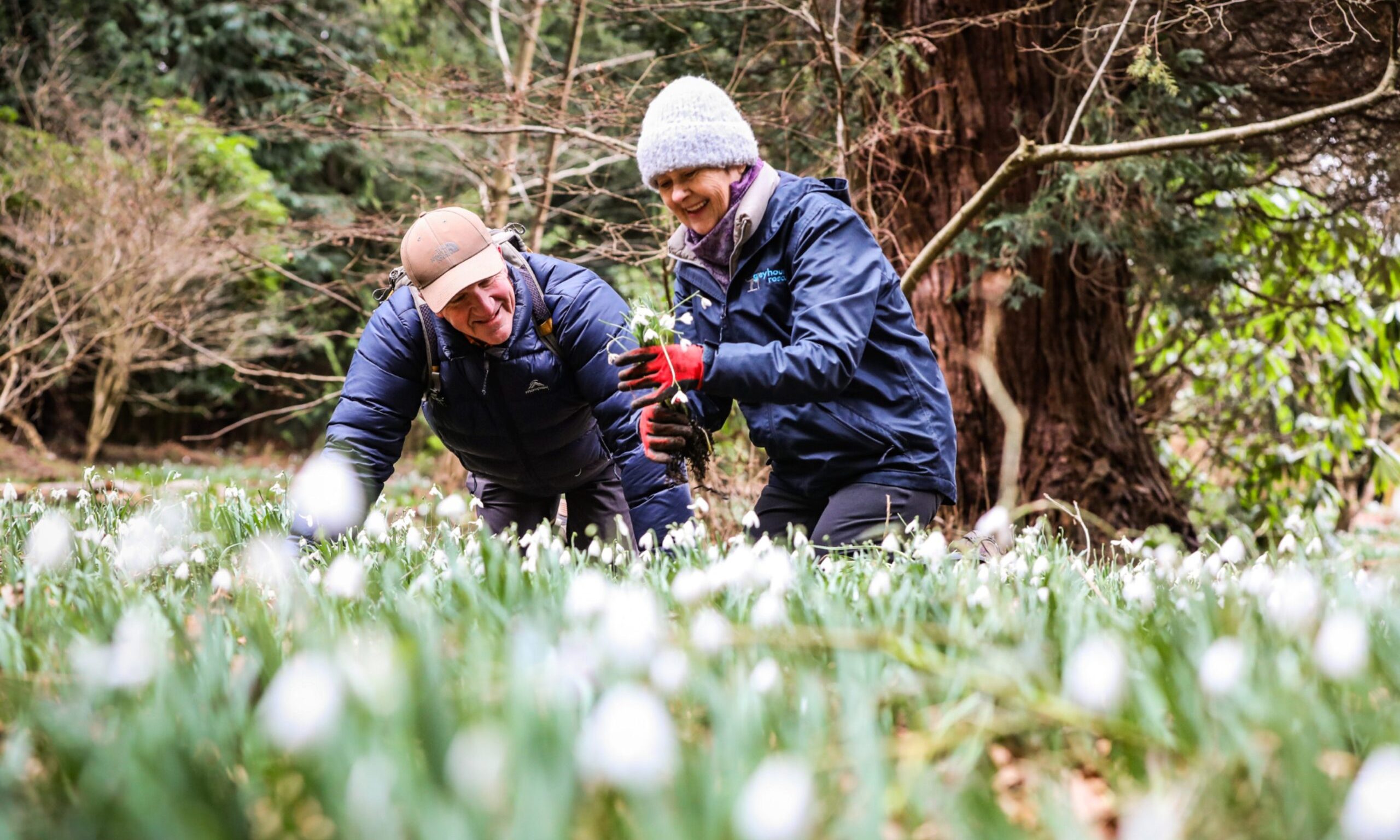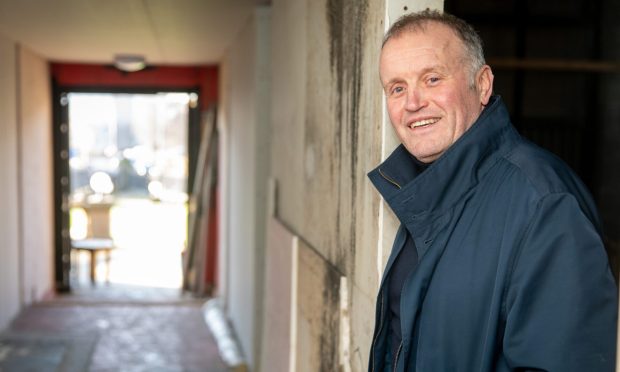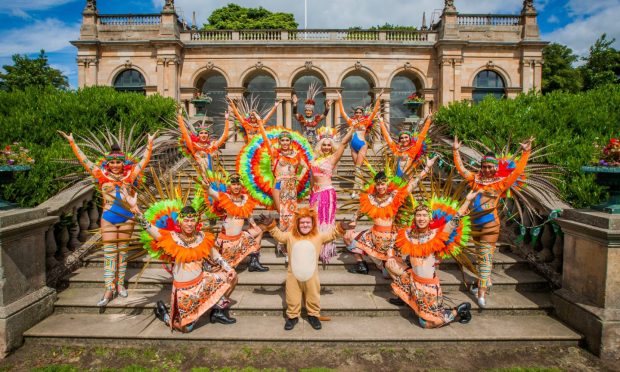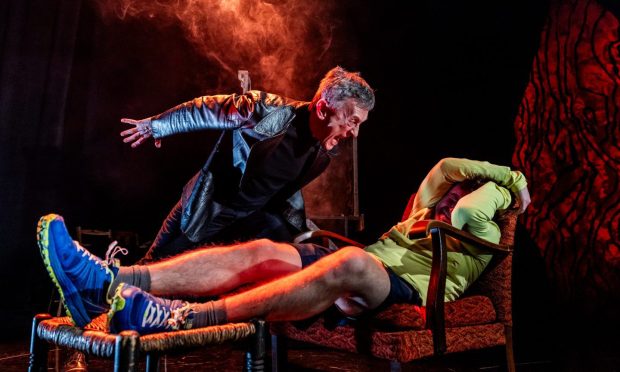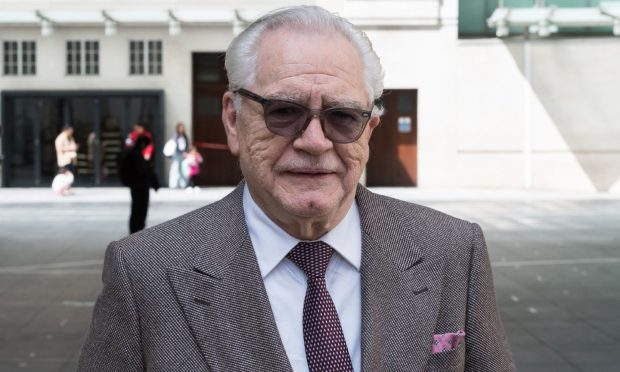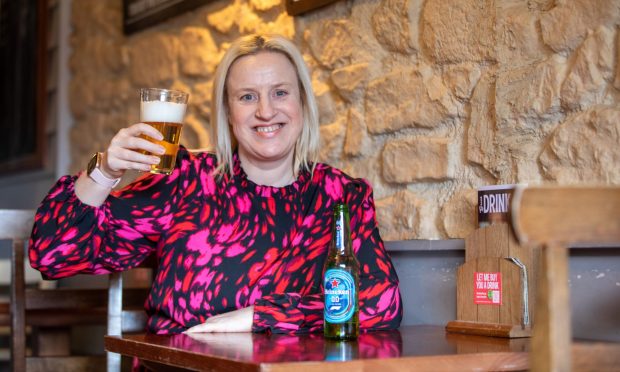Want to sing like a bird, not worrying about who hears or what they think? Gayle Ritchie joins a Singing for Delight workshop – a combination of singing and the Alexander Technique – in the heart of stunning rural Angus
I love singing, but I’ve always thought I was fairly rubbish at it.
I’m one of those people who sings in the car, in the shower and while walking the dog at night, under cover of darkness. It’s pretty much a clandestine affair.
Years ago, I assaulted the ears of the few listeners who came along to listen to one of the dodgy funk-punk bands I “sang in”, but the sound was more cacophonous caterwauling than crooning.
A good decade on, I found myself in gorgeous Glen Prosen, singing my heart out with a group of women, and it felt great – liberating, freeing, exciting, and joyful.
I reached this state during a Singing for Delight workshop, which promised to “combine the feel-good benefits of singing with the health benefits offered by the Alexander Technique”.
In essence, we were shown how to get the very best out of our voices by improving posture and breathing and freeing our natural vocals.
The session, run by Christine Kydd and Jeannie MacLean at stunning Balnaboth House, started off with a sumptuous lunch and chat.
As I munched on homemade cake, I asked the question everyone was thinking: “What if you can’t sing?”
Christine, who is one of Scotland’s leading, award-winning singers and recording artists, was quick to answer.
“Very few people are clinically tone deaf,” she beamed.
“Singing for Delight is for all voice users! It’s a chance to explore your own sound in a relaxed social atmosphere where nobody is judging you. It really doesn’t matter how it sounds.”
Moving into Balnaboth’s impressive drawing room, six of us sat in a circle, waiting for instruction.
Jeannie, an experienced Alexander Technique practitioner, got to work on our postures, making us sit up straight “as if our heads were attached to the ceiling”, while Christine encouraged us to make some very strange humming sounds.
These progressed to oohing and aahing noises and other bizarre vocal exercises, which were initially a little inhibiting, but so ridiculous that soon enough, we were all in stitches.
As we “sang”, Jeannie walked round and worked on us with her hands, loosening and lengthening our muscles and helping us to feel lighter, taller, calmer and more confident and free.
“Singing and Alexander Technique are perfect partners for exploring the potential of your natural voice through release,” said Jeannie.
“By allowing freedom to move and breathe, you let the sound arrive without trying to do the singing. As you release held tension, the muscles naturally lengthen and you move more efficiently.”
Vocal warm-up over, we progressed to singing a song…about sausages. It was utterly hilarious and well and truly loosened us up and breaks the ice, which I suppose, was the point.
Then there was a mysterious song about a deep, dark forest during which we all took on different parts in a “round”, until we were singing in harmony.
At times, our voices flow and blend beautifully, even if I do say so myself, and there’s an almost meditative quality to the act of singing together.
A few other songs followed and then Jeannie had me lie on a special therapy table. This was sheer bliss. As she worked on lengthening and massaging my legs, arms, shoulder and back– while I sang along with the group – I was reluctant to roll off.
But when I did, I felt elated. “You look amazing – even more radiant than normal,” smiled one of the ladies taking part.
And I have to admit, I felt like a different person – strong, confident, poised, energised, warrior-like, even – and when I glanced in the mirror, I looked relaxed and happy, and somehow, taller.
I wanted this new state of being to last and it did, for the rest of the day. But the key is practice, and I’m determined to do this more often because it’s a brilliant state to be in, for a whole host of reasons.
Many actors and performers practice the Alexander Technique because it helps unblock emotions, boosts stamina, eases movement and speeds up recovery from injury.
And in daily life, it helps us to “unlearn” many of the bad body habits we’ve unconsciously developed, whether posture, rigidity, or holding unnecessary tension in our bodies which can lead to all sorts of health issues.
As for Singing for Delight, there’s plenty to learn through the synergy of these two practices. I found it to be my own personal journey of discovery…and here’s the thing – it’s only gone and encouraged me to sing more!
info
Singing for Delight workshops are open to anyone over 16 years old.
Workshops can be tailored for groups but there are residential courses at Balnaboth House, in the heart of the Angus Glens, planned for May and September 2017.
For more details, see www.singingfordelight.co.uk or contact jeanniemaclean@mac.com
It was Australian actor Frederick Matthias Alexander (1869-1955) who developed the technique that bears his name after he began experiencing chronic laryngitis whenever he performed. He hadn’t been aware that excess tension in his neck and body were causing his problems, and began to find new ways to speak and move with greater ease.
